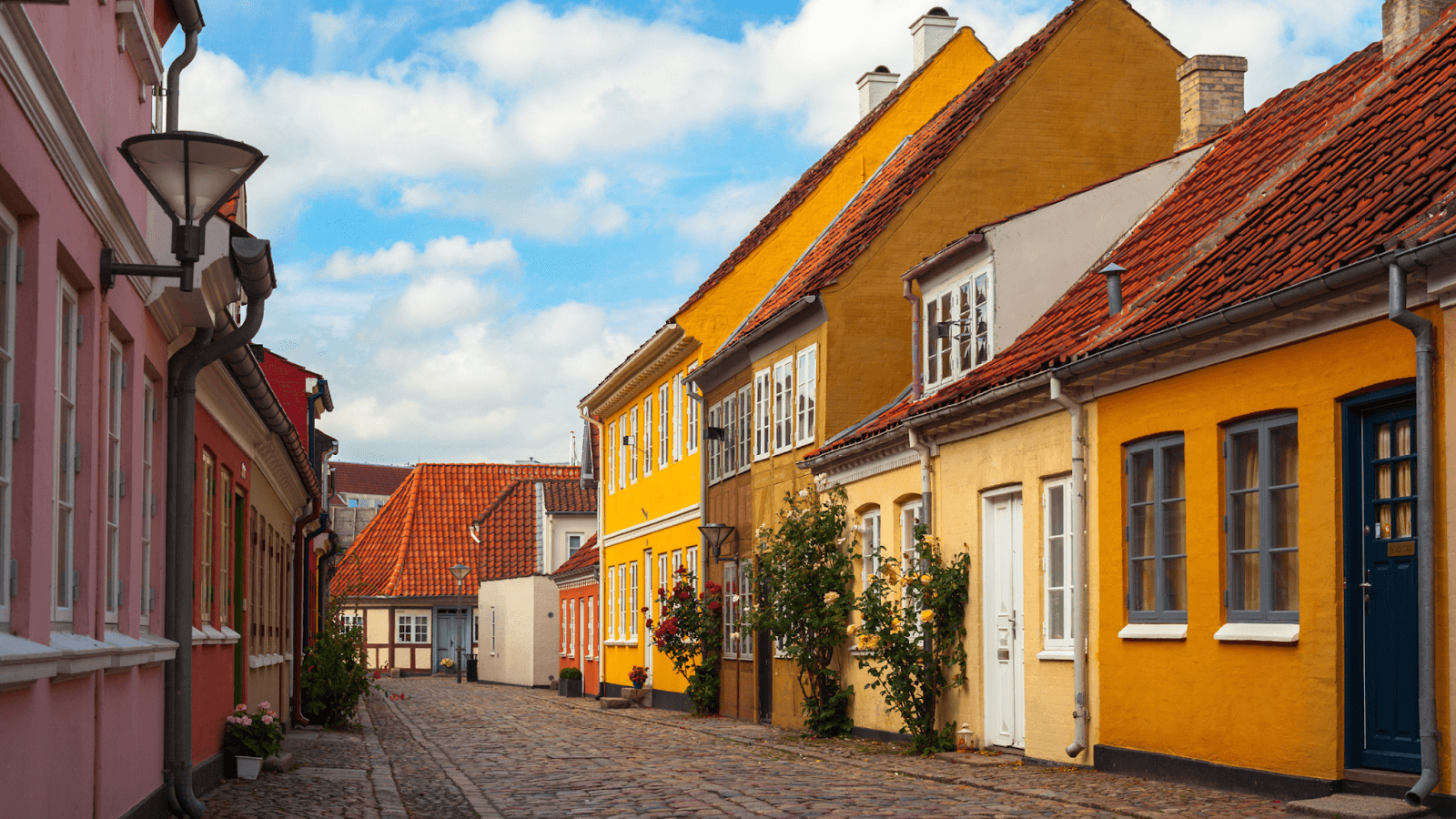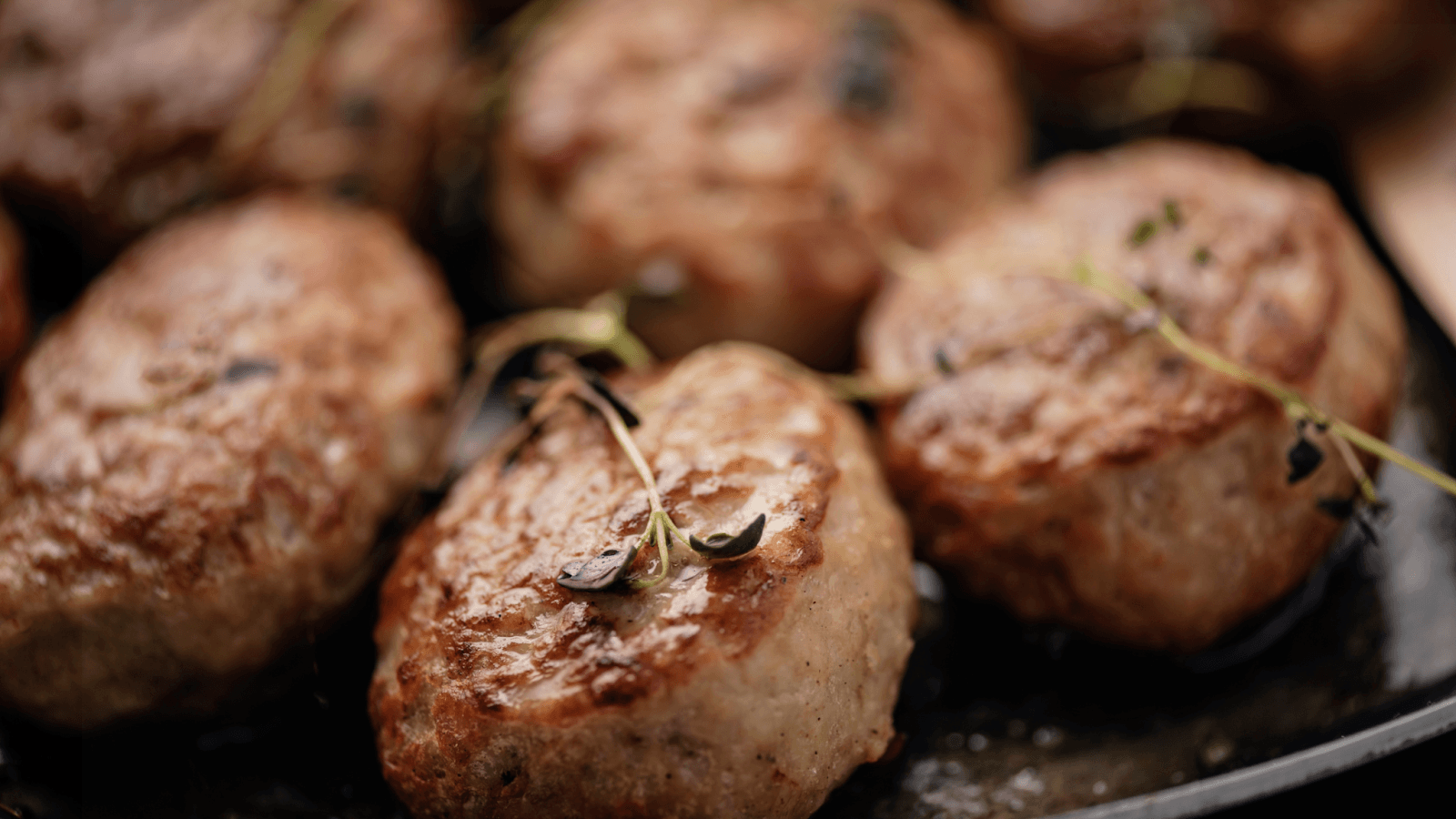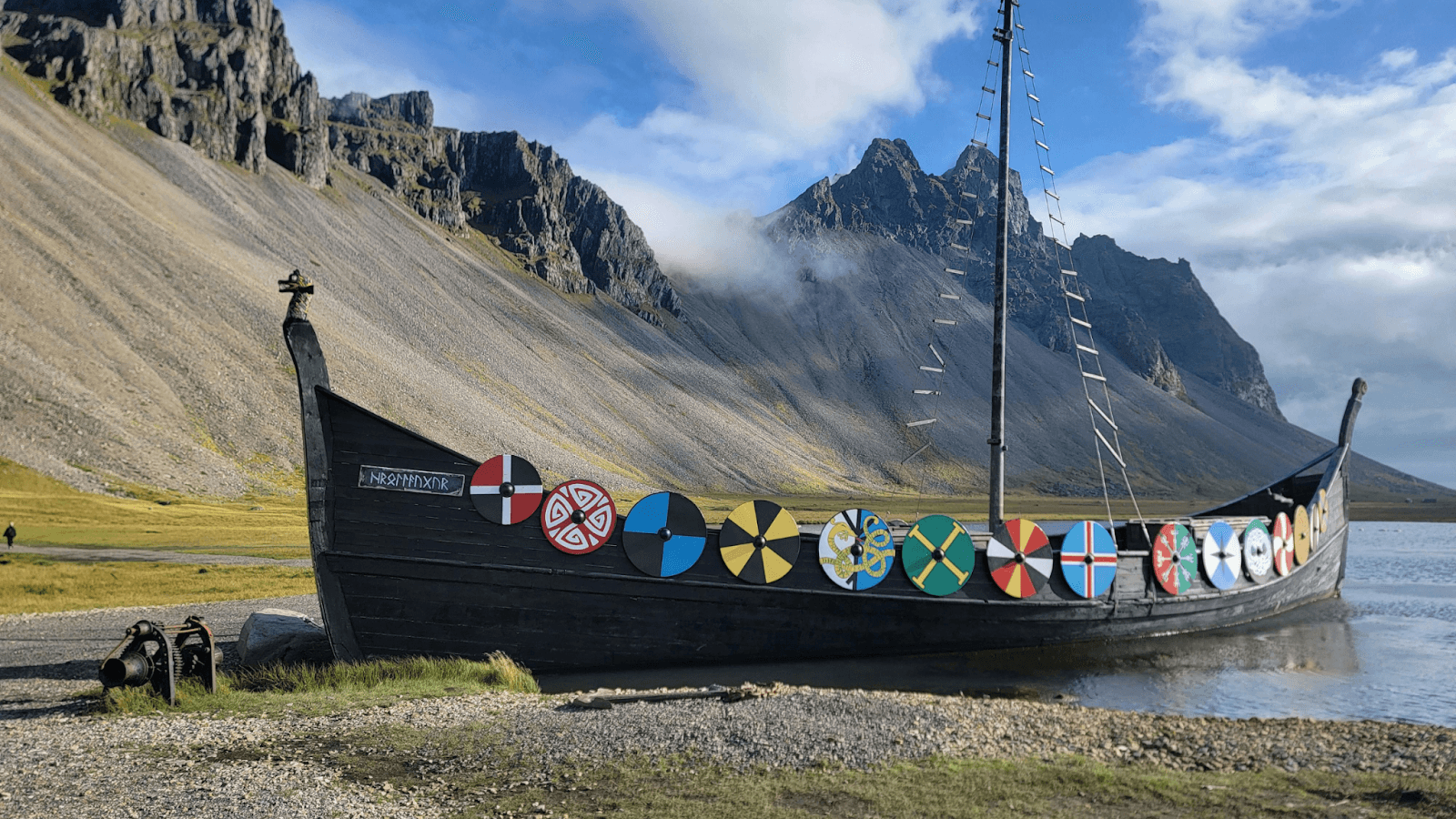Travel Guide to Denmark 2025
Denmark is a Scandinavian country that combines modernity, Viking history, and sustainability. Known for its cozy cities, Renaissance castles, and vibrant cultural life, this Nordic destination delights both nature lovers and urban explorers.
Trips to Denmark have been steadily increasing, as the country offers plenty to discover within short distances. In the first half of 2025, Denmark’s tourism growth outpaced popular destinations like Spain, Greece, and Portugal, showing a remarkable expansion.

Many travelers choose Denmark for its diversity, sustainability, and cultural appeal. Its capital, Copenhagen, is considered one of the happiest cities in the world, where bicycles, canals, and contemporary architecture coexist with royal palaces and historic neighborhoods. But beyond the capital, Denmark offers *fairytale landscapes, enchanting islands, and authentic fishing villages.
Things to Do in Denmark
Copenhagen
Denmark’s capital is one of Europe’s most vibrant and sustainable cities, where royal history meets modern design. Strolling through its streets reveals the essence of Scandinavian lifestyle — tranquility, hygge, and a love for bicycles.
Highlights:
- The Little Mermaid: a tribute to Hans Christian Andersen.
- Nyhavn District: colorful canal houses, ideal for dining outdoors or taking a boat tour.
- Strøget: one of Europe’s longest pedestrian shopping streets.

- Amalienborg Palace: home of the Danish royal family.
- Rosenborg Castle: home to the Danish crown jewels.
- Tivoli Gardens: one of the world’s oldest amusement parks.
- Copenhagen Opera House & Ørestad: examples of cutting-edge architecture and sustainable urban planning.
Aarhus
Known as Denmark’s “Cultural Capital,” Aarhus is the second-largest city and a dynamic university hub. It blends history and innovation:
- Den Gamle By: an open-air museum that recreates Danish life through centuries.
- ARoS Art Museum: features the iconic rainbow walkway.
- Vibrant nightlife, nearby beaches, and lush green parks make Aarhus a great mix of culture and leisure.

Odense
Odense is the birthplace of Hans Christian Andersen, author of The Little Mermaid and The Ugly Duckling. Its colorful streets and museums celebrate his literary legacy. Don’t miss:
- Hans Christian Andersen Museum.
- Odense Cathedral.
- Historic gardens and fairytale ambiance — a must-see stop for culture lovers.

Helsingør (Elsinore)
Just 45 minutes from Copenhagen, Helsingør is home to Kronborg Castle, a UNESCO World Heritage Site and the setting of Shakespeare’s Hamlet. The town’s medieval streets and harbor views add to its magic.
Faroe Islands and Bornholm
- Faroe Islands: dramatic cliffs, fishing villages, and seabird colonies — a paradise for nature lovers seeking off-the-beaten-path adventures.
- Bornholm: the “Pearl of the Baltic,” featuring sandy beaches, forests, medieval round churches, and artisan villages — perfect for relaxing in scenic surroundings.
Traveler Tip: Combine urban Denmark with a trip to the islands to experience the country’s full diversity.
Danish Cuisine
Denmark’s cuisine is simple yet full of flavor, reflecting local traditions and fresh ingredients.
Must-try dishes:
- Smørrebrød: open-faced rye bread sandwiches with assorted toppings.
- Frikadeller: traditional Danish meatballs.

- Stegt flæsk: crispy pork belly with potatoes and parsley sauce — Denmark’s national dish.
- Danish pastries: world-famous buttery delights perfect with coffee.
When to Visit Denmark
- Summer (June–August): pleasant weather, outdoor festivals, and long daylight hours.
- Spring & Autumn: great for city sightseeing and enjoying colorful landscapes.
- Winter (December–February): cozy season for experiencing Danish hygge and visiting Christmas markets.
Visa and Practical Information
- Visa: Denmark is part of the Schengen Area; many travelers can stay up to 90 days visa-free.
- Currency: Danish Krone (DKK).
- Time Zone: UTC+1.
- Transport: Efficient train, bus, and ferry networks connect cities and islands.
- Connectivity: Excellent internet coverage nationwide.
Traveler Tip: Denmark is largely cashless — credit and debit cards are widely accepted everywhere.
The Language in Denmark
The official language is Danish, but English is widely spoken. To make your trip easier, consider travel packages to Denmark in English that include local guides for a more immersive experience.
How to Travel to Denmark
Main Airports:
- Copenhagen (CPH) – main international hub.
- Billund (BLL) – ideal for Jutland and Legoland.
- Aarhus (AAR) – connects to central Denmark.
International Connections: Denmark has direct flights from across Europe and convenient connections from the Americas via Amsterdam, Frankfurt, or London.
Interesting Facts about Denmark
- Consistently ranked among the happiest countries in the world.
- Comprises over 400 islands, about 70 of which are inhabited.
- Once home to the legendary Vikings.
- A global leader in renewable energy and sustainability.
- Birthplace of LEGO, one of the most famous toys in the world.

Conclusion
Denmark is a country that has it all: history, modernity, stunning nature, and quality of life. Whether you’re walking along Copenhagen’s canals, exploring Renaissance castles, or relaxing on its islands, every experience is unforgettable.
With Greca Viajes travel packages in English, your journey is organized from start to finish — you just have to enjoy.

